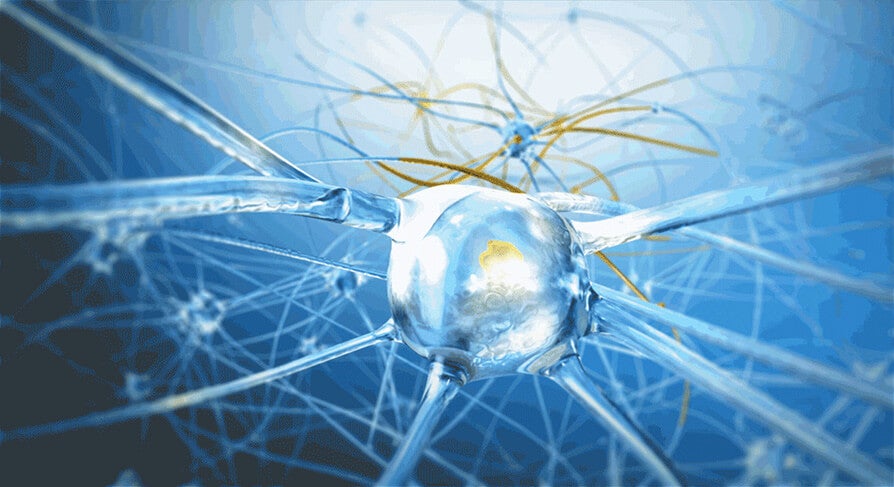
How to increase myelination in the brain
Increasing myelination is key to brain building and faster learning.
There’s more to building your child’s body than getting enough exercise. Eating the right food is just as important. Without enough protein, for example, the body will not be able to build and repair muscle tissue efficiently. The body can only build with what it's given.
The same is true for nutrition and brain building. Scientific research on the impact of nutrition on children's brains1 underlines its significance. One such long-term study2 observed almost 4,000 children and found that a healthy dietary pattern at the age of three is linked with a higher IQ score by 8.5 years old. The same study revealed that a diet that consists of too much processed foods, particularly those high in fat and sugar, yielded a lower IQ score.
Early childhood nutrition and brain development have such a strong relationship because the brain grows at an incredible rate during the first few years of life. Learning how to walk, talk and make sense of the world all rely on the millions of neural connections your child’s brain makes every second.3 A three-year-old child's brain has completed eighty percent of its development already.
Support Your Child’s Nutritional Needs
New S-26 Gold Progress, a scientific blend of Specialized 26 ingredients, complements the learning environment to nurture your child’s ingenious mind. Watch this video to learn how it enhances the connections within your child's brain:

Now with a new, upgraded formula, Wyeth S-26 Gold Progress contains Sphingomyelin and a combination of DHA, Lutein and Choline. And these nutrients all help to support your child’s overall growth and brain development!
Why White Matter Matters
Most of the brain consists of grey matter – about 100 billion brain cells called neurons that transmit and receive messages from each other and other parts of the body. They are connected through a tail-like structure called the axon. This part of the brain is called white matter because most axons are coated with a white-coloured insulator called the Myelin sheath.
Much like electricity traveling through a rubber-coated electric wire, neural impulses (brain signals) travel as much as fifteen times faster when the axon is heavily coated with myelin.1 The Myelin sheath prevents impulses from "leaking out" and making the brain cell stronger.
When brain signals are able to travel faster, processing speed – or how fast a child learns – increases as well.2 Studies show that myelination helps children perform mental operations faster. And this includes benefits to memory,3 intelligence,4 and language skills.5
Nutrition and Brain Building
Increasing myelination is, therefore, a key to brain building and faster learning. So, support brain building by providing your child with the following key nutrients:
- Sphingomyelin. Myelin is white because lipids, particularly sphingomyelin, comprise 70% to 85% of the sheath. This phospholipid from whey protein accounts for up to 36% of the total lipid content of breastmilk![1]
- This nutrient is a constituent of lecithin, another important lipid found in the Myelin sheath.
- Lutein is the primary component of the retina of the eye. Supporting good eyesight facilitates important mental skills such as attention and recognition.
- DHA is short for docosahexaenoic acid. It is an omega-3 fatty acid that supports brain function and eye health.
Find out more about the important contribution nutrition makes to the brain’s development here.
Credit to theAsianparent.
References:
- https://academic.oup.com/ajcn/article/85/2/614S/4649636
- https://jech.bmj.com/content/66/7/624
- https://developingchild.harvard.edu/resources/inbrief-science-of-ecd/
- https://www.ncbi.nlm.nih.gov/books/NBK10921/
- https://journals.plos.org/plosone/article?id=10.1371/journal.pone.0139897
- https://journals.plos.org/plosone/article?id=10.1371/journal.pone.0139897
- https://www.ncbi.nlm.nih.gov/pmc/articles/PMC4771819/
- https://www.ncbi.nlm.nih.gov/pmc/articles/PMC2782876/